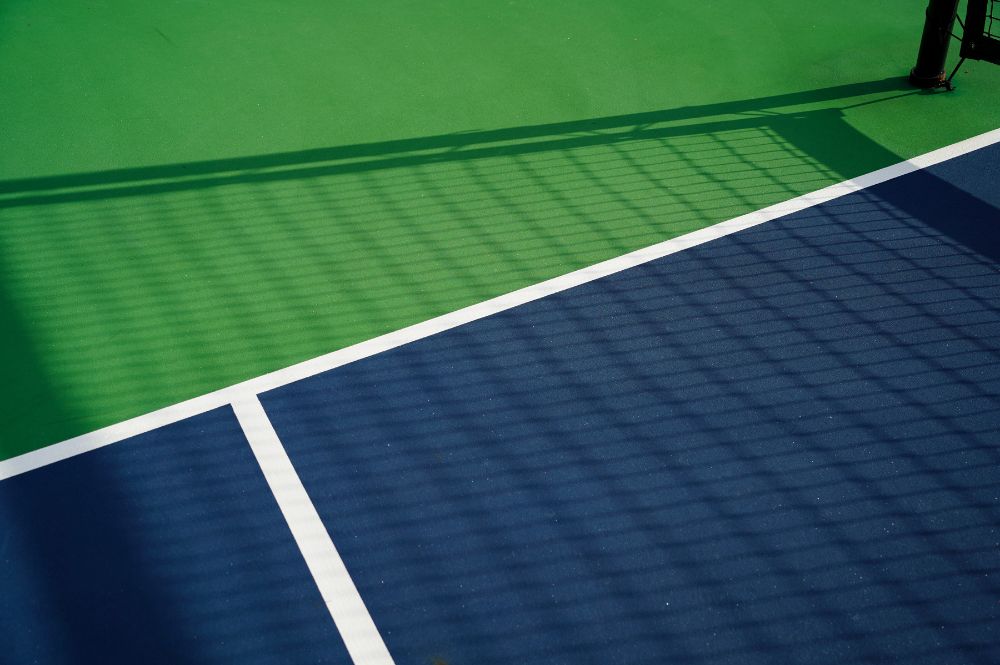Pickleball, a sport born from a backyard game in 1965, has undergone transformative growth fueled by a passion for accessibility and competition. At the heart of this dynamic journey lies the evolution of pickleball rules—an ongoing process reflecting the sport’s adaptability and expanding global appeal. These rules, which began as simple guidelines, have evolved to accommodate players of all skill levels, shaping pickleball into the beloved pastime and competitive sport it is today.
Early Days: A Foundation of Simplicity
The story of pickleball rule changes begins with its founders—Joel Pritchard, Bill Bell, and Barney McCallum—crafting a game that brought people together regardless of age or skill. The earliest rules were straightforward: a modified badminton net, a perforated ball, and wooden paddles. These guidelines emphasized playfulness over precision, making the game approachable and fun.
As pickleball gained traction, the need for standardized rules grew. In the 1970s, the first official rulebook was introduced, establishing a foundation for gameplay consistency. This marked a pivotal moment in the history of pickleball rules, ensuring everyone—from backyard enthusiasts to budding competitors—played by the same standards.
The Growth of Competitive Play: Adjusting for Strategy
With the rise of organized tournaments, pickleball rules evolution became essential. Adjustments like the introduction of the non-volley zone, commonly known as "the kitchen," changed the game’s dynamics. This rule limited aggressive net play, adding a layer of strategy that separated recreational players from competitive athletes.
Scoring systems also underwent significant shifts. Traditional side-out scoring, where points could only be earned on serve, mirrored the game’s original leisurely pace. However, as competitive play intensified, discussions about rally scoring emerged, aiming for faster matches and broader audience appeal. While rally scoring hasn’t been universally adopted, its consideration underscores how pickleball rule changes respond to the sport’s growth.
Equipment regulations further highlight the sport’s evolving landscape. Paddles, once simple wooden creations, now boast advanced materials and designs. Governing bodies like USA Pickleball stepped in to regulate paddle specifications, maintaining fairness while embracing innovation.
Navigating Today’s Controversies
As pickleball continues to evolve, so do the debates surrounding its rules. Among the most polarizing topics is the potential shift to rally scoring. Advocates argue it modernizes the game, aligning with other racquet sports, while opponents fear it diminishes the sport’s unique charm.
Technological advancements in paddle design also spark contention. Enhanced spin and power capabilities give players an edge but raise questions about fairness and accessibility. Governing bodies face the challenge of balancing innovation with equity, ensuring pickleball remains inclusive.
Rule enforcement, particularly in recreational leagues, adds another layer of complexity. As the sport grows in popularity, consistency in how rules are applied becomes a pressing issue, affecting player experience and game integrity.
What’s Next for Pickleball Rules?
Looking ahead, the pickleball rules evolution is poised to continue, adapting to the needs of an ever-expanding player base. Rally scoring remains a likely contender for future adoption, particularly in professional play, where faster matches appeal to spectators and broadcasters alike.
Equipment regulations may tighten further as technology advances, ensuring that the game’s competitive edge remains skill-driven rather than equipment-dependent. Additionally, as pickleball grows internationally, efforts to standardize rules across countries will become increasingly critical, fostering a global sense of unity within the sport.
Inclusivity is also set to play a central role in shaping future rules. Adaptive pickleball, designed for players with disabilities, is gaining momentum. Tailoring rules to accommodate these players ensures that the sport remains welcoming to all.
The possibility of pickleball entering the Olympics adds yet another dimension. Should this happen, rule modifications might be necessary to meet Olympic standards, further highlighting the sport’s versatility and adaptability.
Shaping the Future of Pickleball Together
The history of pickleball rules is more than a timeline of changes—it’s a reflection of the sport’s resilience and its ability to connect players worldwide. From its humble beginnings to its present-day controversies, the pickleball rules evolution underscores the importance of adapting to growth while staying true to the game’s roots.
Whether you’re a seasoned competitor or a casual enthusiast, staying informed about pickleball rule changes ensures you’re part of the conversation shaping its future. At Salted City Sports, we celebrate this ever-changing game by offering the best gear and community events to keep you engaged. Visit us today to gear up and join the action!


